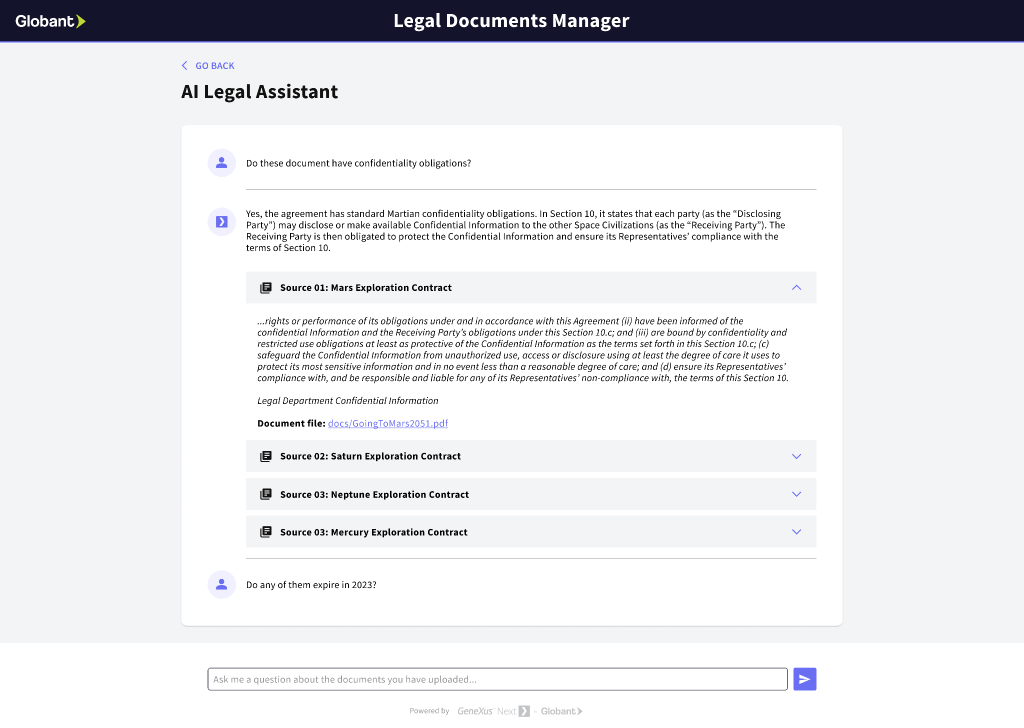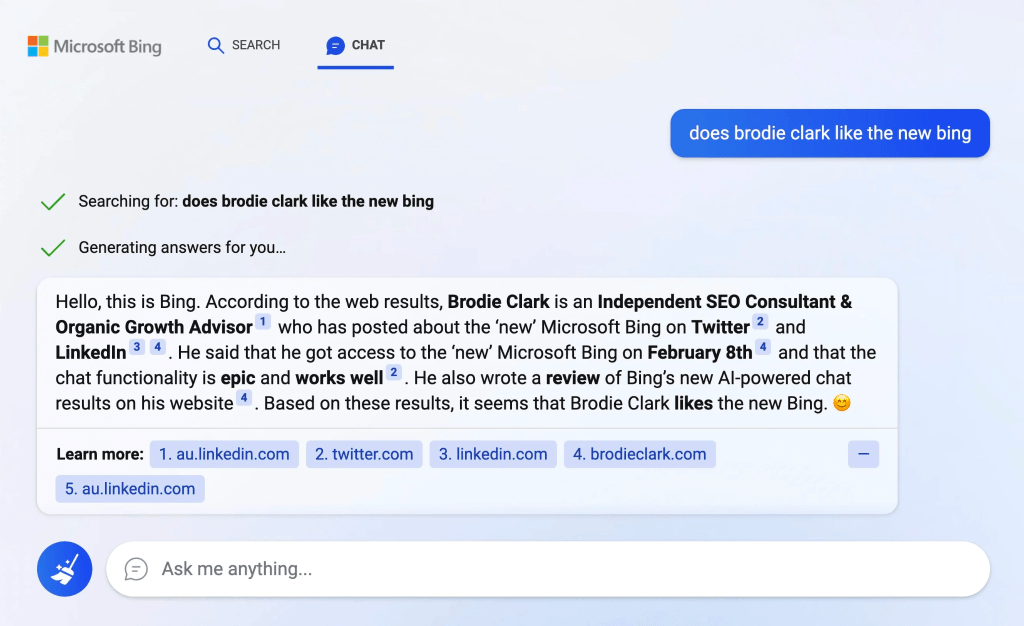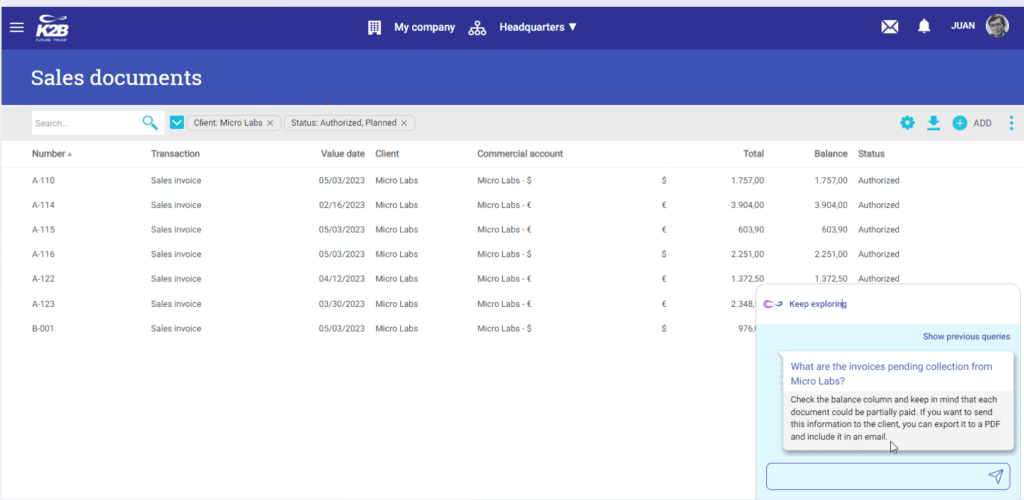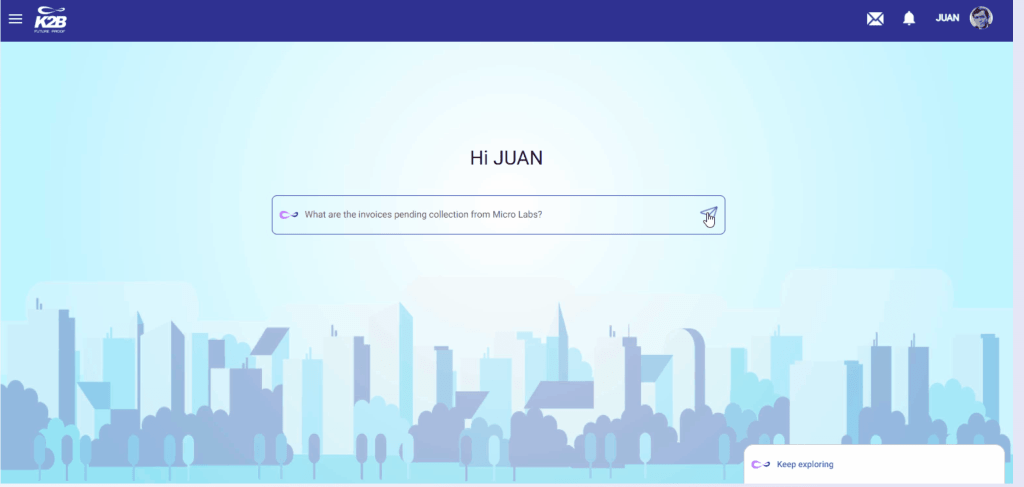
Revolutionizing the User Experience through Artificial Intelligence (AI)
"Since the emergence of the Models Base, a number of organizations have begun to tap its potential, using techniques such as the Engineering Instructions, the Fine Adjustment, LoRA (Adaptation-Range Low) and RLHF (Learning by Reinforcement from Feedback Human), either individually or in combination.
From the perspective of the user experience (UX), it is evident that the introduction of ChatGPT is transforming the interfaces that we create. ChatGPT has demonstrated a level of interaction of IA unprecedented. Despite the fact that there already existed interfaces conversational, the impact of ChatGPT what becomes a revolutionary app that will be remembered as the starting point of a revolution.
Another fundamental aspect of this revolution is the availability of APIs OpenAI to access programmatically to the Models Base, which is similar to the way that Apple and Google allow developers to build applications on their mobile operating systems. This exhibition API represents an achievement of engineering, perhaps as significant as the models themselves.
In this article, we will explore four patterns of interaction emerging in the UX that take advantage of these new technologies.
Chat to Explore (Exploration of Content through Chat)


Problem:
Search and respond to questions about large amounts of information, such as documents, PDFS, and articles, presents significant challenges. There is a growing demand for an interface similar to ChatGPT that can be adapted to different domains of knowledge in a specific, whether involving information private or public. However, it is crucial to develop this interface in a manner that ensures the privacy and allow you to control the responses of the model of language, addressing especially any potential problem of incorrect answers.
Solution:
This approach has been quickly adopted by leaders of search such as Google (Bard) and Microsoft (Bing). The pattern "Chat to Explore" means to start a search and then refine it using a model chat.
This strategy, in close interaction with the model of chat to provide context from the initial search. Both Google and Bing use their search engines to contextualize the models, which help to control and improve the accuracy of the answers.
At Globant, we are already applying this pattern in several projects. It is amazing how this pattern is aligned with the way in which the majority of users interact with the information.
By combining the heuristics of user experience (UX) of Jakob Nielsen with the pattern "Chat to Explore," you get additional benefits:
Visibility of system status: The chat interface provides users with real-time feedback while they refine their searches, keeping you informed about the progress of the system directly in the conversation thread.
Control and freedom user: users can toggle between interactions of search and chat according to your preference, allowing them to explore information in an intuitive way. In this pattern, the user can chat with the system, while maintaining the control, because the interface shows the sources of the answers and allows you to perform additional questions to refine the initial responses.
Consistency and standards: When you use a consistent design for both the search components, as well as for the chat, the users can understand and anticipate the behavior of the system in an effective way. With millions of users using interfaces similar to Bard, Bing and ChatGPT, we can ensure a certain uniformity in the interaction with the company by means of interfaces similar.
Flexibility and efficiency: The pattern of "Chat to Explore" feature allows users to quickly access the desired information, either through search or through conversations with the model of IA.
Chat for analysis


Problem:
The users are in a page or application, displaying an entity, document, or spreadsheet, and have questions about what they are seeing.
Solution:
A heuristic essential in the interaction is that the visual representation of the system coincide with the mental understanding of the user. For example, simply list the technical specifications of a product is not enough to help the users to understand how it fits your needs. With more advanced models, we can establish conversations using the terms the user can understand.
This pattern can be implemented in interfaces of productivity, such as Office 365, which use windows tools to offer a wizard of query context. It can also be applied in ERP systems and other web-based interfaces to traditional.
By incorporating heuristics from Nielsen in the pattern "Chat to Analyze," you get additional benefits:
Match between system and the real world: The chat interface allows users to interact with the system using natural language, reducing the gap between the understanding of the user and the representation of the information system.
Aesthetic design minimalist: To integrate the chat interface as a complementary tool, the main interface can be maintained without the disorder, focusing on the essential content and reducing the cognitive load.
Help users recognize, diagnose and recover from errors: The chat interface can help users to understand errors, providing suggestions and guide you in the process of recovery.
Help and documentation: The pattern of "Chat to Analyze allows you to provide context-sensitive help, by providing users with the information they need without leaving the current interface.
Navigation of the user interface based on the intent

Problem:
Frequently, users enter business systems with the intent to carry out specific tasks or to access specific information. However, with time, these systems tend to grow in functionality, resulting in a navigation complex and a decrease in the efficiency of the user.
Solution:
Apply Models of Language Learning (LLMs) to allow a progressive discovery based on the intentions of the user. This will combine the efficiency of the interfaces by direct manipulation with the conversation. In certain contexts, the navigation will become hybrid, which will enable the users to explore new parts of the system using natural language, guiding you toward the most productive areas.
Improving the heuristics of Nielsen with the Navigation pattern Based on the Intent:
Recognition rather than recall: using natural language processing to understand the user's intentions, this pattern reduces the need for users to remember navigation paths or specific commands.
Error prevention: To understand the user intent, the system can direct it towards the desired destination, reducing the likelihood of committing errors of navigation.
Flexibility and efficiency: The Navigation Based on the Intention to provide a more personalized and efficient way of exploring complex systems, since it adapts to the needs and preferences of individual users.
Consistency and standards: When you deploy the same model of language throughout the system, the users can wait for responses and guide consistent, no matter in what part of the application is located.
Auto-Complete Magical

Problem:
Often, the content generated by human requires a considerable investment of time on tasks such as summarize, edit, and format.
Solution:
Advances in artificial intelligence are expanding the capabilities of complete, summarize, format, and compare content of different interfaces. This goes beyond the simple functions of auto-completion you are in programming environments.
When we design interfaces, it is crucial to question whether it is necessary to complete or write something. If so, we should consider the implementation of an interface of "Auto-Complete Magical" that it adapts perfectly to the needs of the user.
For example, in StarMeUp, we have implemented this pattern in several instances, such as the generation of content-from images and reviews. In developer tools, there are several utilities that apply to this pattern for autocomplete, code, and summarize documentation. Also, in productivity tools like Google Apps and Office 365, this pattern is used in a generalized manner.
Integrating the heuristics of Nielsen in the pattern of Self-Completed Magic:
Prevention of errors: The "Auto-Completed Magic" helps users avoid errors when you offer suggestions, contextually relevant, thus reducing the likelihood of input errors.
Flexibility and efficiency: This pattern is suitable for both beginners and experts, providing suggestions smart to save time without compromising the control of the user on the creation of the content.
Aesthetic design minimalist: To incorporate in a smooth way the "Self-Completed Magic" in the existing interface, it does not add unnecessary elements, while maintaining a clean design and focused.
Recognition rather than recall: The "Auto-Completed Magic" helps users to remember information that are relevant to the offer suggestions, and to complete according to their input and knowledge of the system, thus decreasing the need for users to remember specific details.
Conclusion:
In summary, we believe that the convergence of the Models of Language Learning (LLMs) and the availability of APIS for programmatic access to these models mark a turning point similar to the launch of the iPhone, which introduced the touch interfaces of general use, and, later, the development tools for creating applications on that platform. The user experience of the software has changed dramatically, and we are witnessing a similar change in the current scenario of the artificial intelligence.
The LLMs have led to the development of techniques such as the Ingenuity of Prompt, the Fine Adjustment, LoRA and RLHF. The API of OpenAI to access these models programmatically represent a technical achievement as significant that the models themselves.
We believe that the emerging patterns of interaction UX (Chat to Explore, Chat to Analyze, Navigation Based on the Intention and Self-Completed Magic) to meet the needs of users to provide custom shapes, and efficient navigate complex systems, to improve and complete content, as well as new ways to find information and answers. By incorporating heuristics by Jakob Nielsen, designers can ensure that these patterns are usable, efficient, and easy to learn. And what we have discussed here is only the tip of the iceberg.
In accordance with the base models continue to evolve and become stronger, and learn more about how to apply them effectively, it's exciting to think in new patterns of interaction of UX that will arise.
We will work tirelessly to build this new future, and we encourage you to do the same!
Contact us today for detailed information on our solutions and services.


